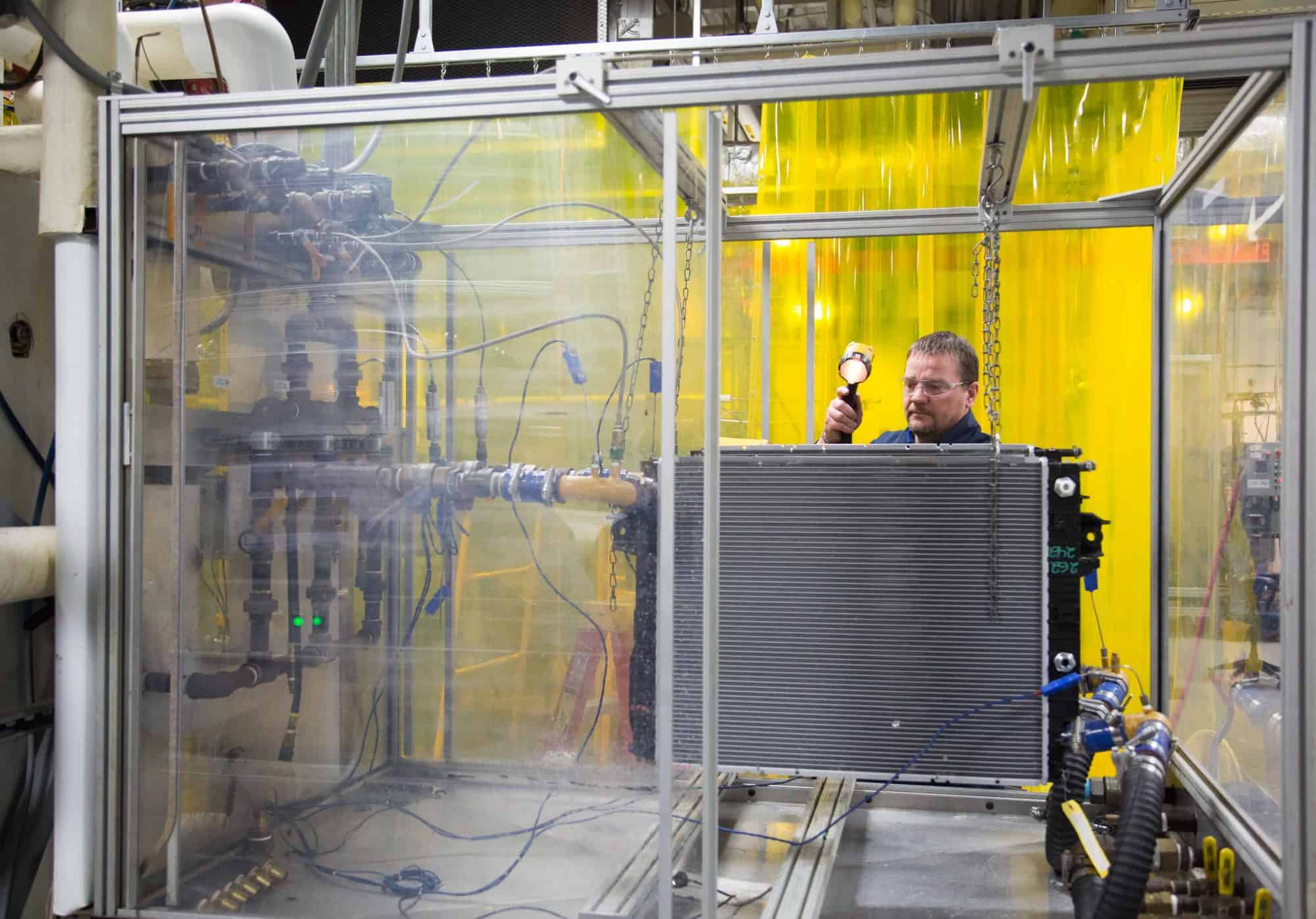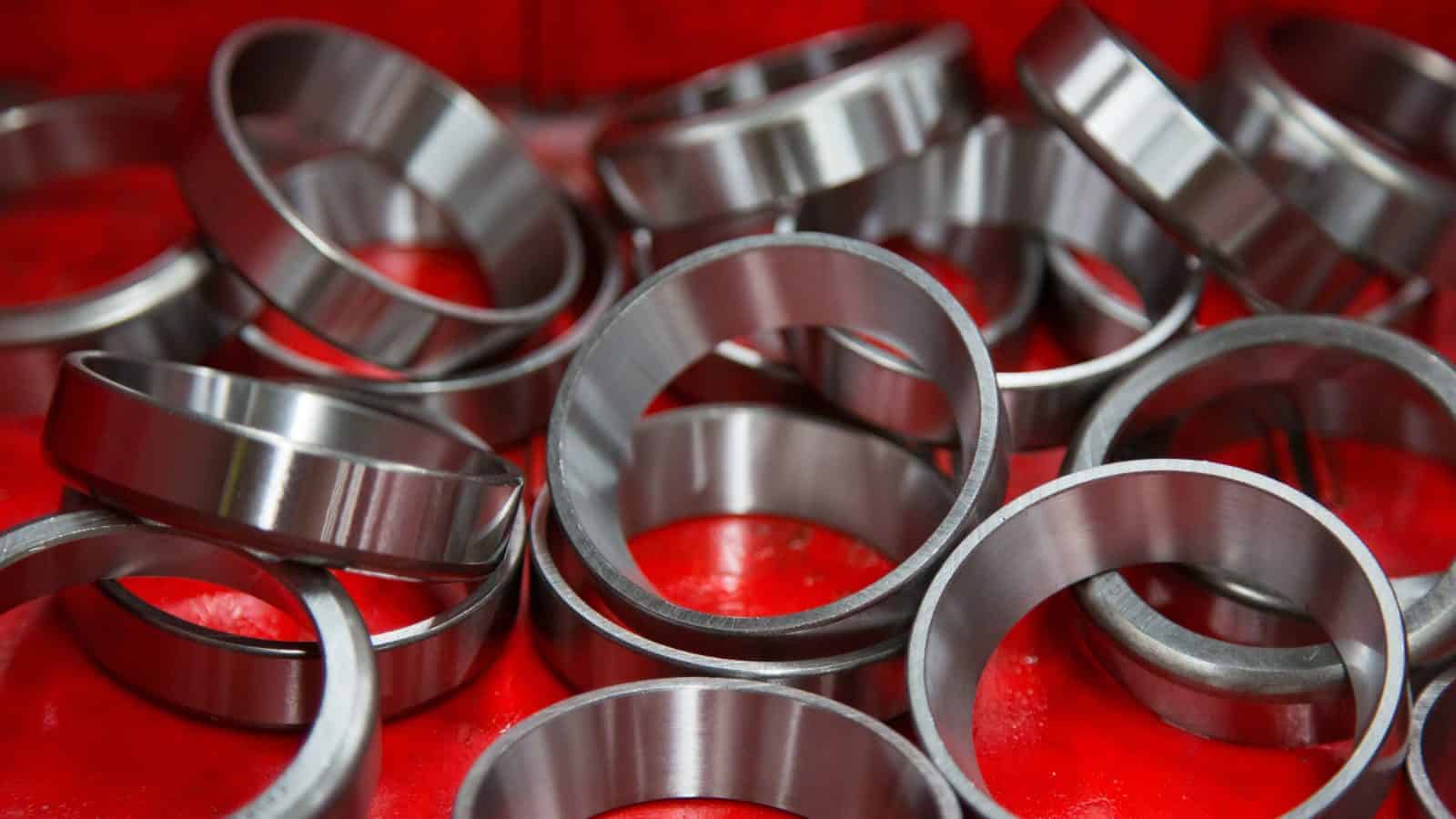UL Helps Manufacturers Keep Their Air Healthy

With the highly infectious Delta variant causing concern even among vaccinated people in the U.S., manufacturers are thinking about the quality of their air yet again.
Now they can benefit from additional expert advice. In a recent webinar, the NAM’s Leading Edge program hosted an expert from global safety company UL to discuss how manufacturers can keep their air (and their employees) safe. Here are some of his recommendations.
In their own category: “Manufacturing facilities … are unique, in many respects,” UL Director of Assets and Sustainability, Real Estate and Properties Sean McCrady said. “You have all of these activities where there’s going to be regulatory safeguards in place for worker protection that are likely going to [act as] guidance for IEQ [indoor environmental quality].”
- In fact, many manufacturers worked quickly to improve their air quality when the pandemic started, the webinar’s moderator, NAM Director of Labor and Employment Policy Drew Schneider, noted. But though manufacturers may be ahead of the game on air quality, there’s more still to consider.
UL’s work: In response to the pandemic, UL developed what Fast Company magazine has called “LEED for the COVID-19 era”: its Verified Healthy Buildings program.
- To date, hundreds of buildings, including the Walt Disney Concert Hall in Los Angeles and the Cira Centre in Philadelphia, have had their IAQ (indoor air quality) tested, along with water purity, ventilation efficacy and other environmental factors.
- With UL’s guidance, building owners have made systemic changes, such as HVAC-system mold remediation, ventilation upgrades, air-filter unclogging and more.
So what can manufacturers do? “There’s a lot of opportunity to maintain that positive momentum” from behaviors that arose in response to COVID-19, McCrady said during the webinar.
- For manufacturers, this includes extending the IAQ- and IEQ-safety measures in place on the facility floor to their administrative areas, which may not be as well-ventilated, McCrady advised.
- “People know a lot more these days,” he said. They “want transparency” about their air quality.
Tips and tricks: McCrady offered additional advice for manufacturers:
- “Number one is ventilation. You want to make sure you’re bringing in enough fresh air” from outside, as well as doing proper and routine maintenance of ventilation systems.
- “Focus on source control,” McCrady added, referring to the elimination of individual sources of pollution. “And limit the migration of harmful contaminants”—for example, by carefully maintaining HVAC systems.
- Lastly, it’s important to fit air filters properly. Filters that have gaps or are otherwise incorrectly installed “won’t work,” McCrady said.
Not a magic pill: While high-quality filtration, ventilation and purification can go a long way toward stopping the spread of disease (particularly airborne illnesses such as the coronavirus), people must take other precautionary measures, too, McCrady noted. These include getting vaccinated and washing hands frequently and thoroughly.
The final say: “The things that can and should be done aren’t new, they’re just kind of under a spotlight right now,” McCrady said. “Focus on the fundamentals.”
Interested in hearing more from UL? Register for our Leading Edge Growth Series: Preparing for the Future of Manufacturing.
